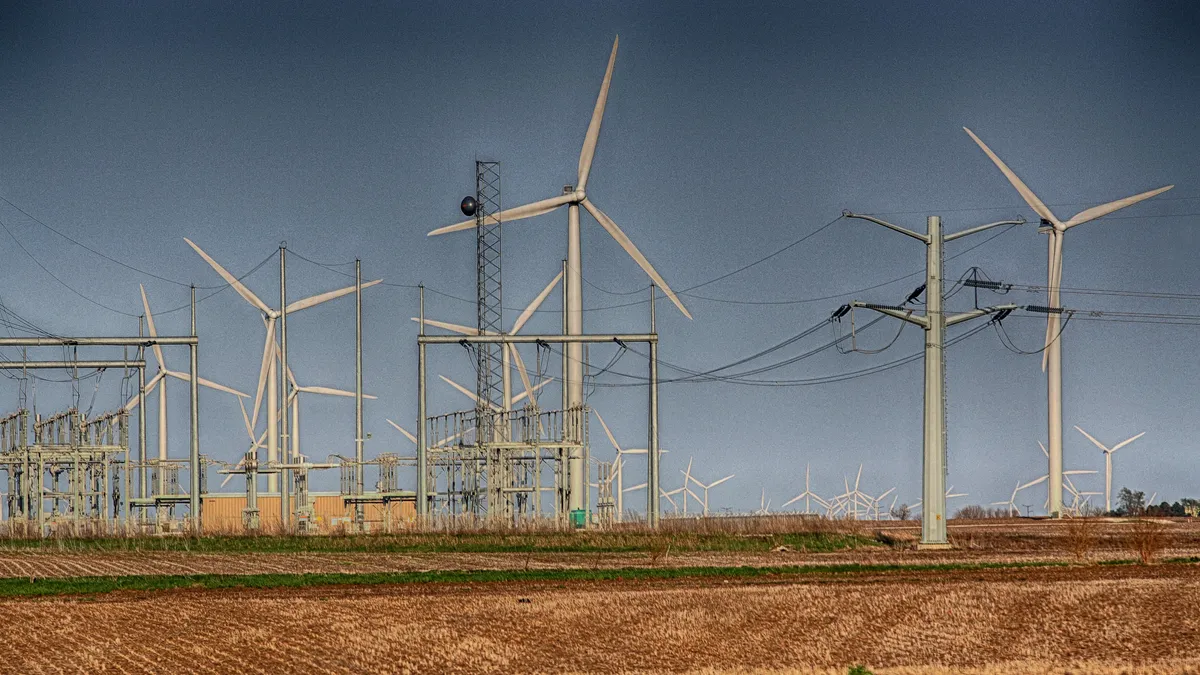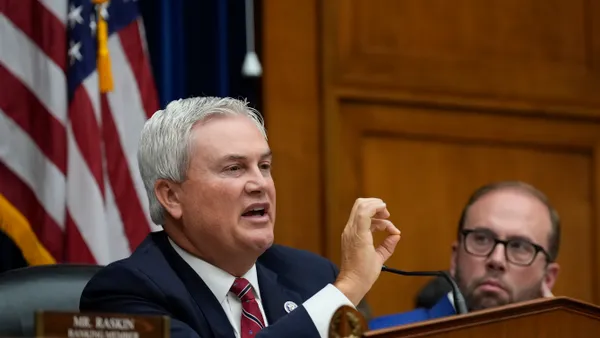Dive Brief:
-
The U.S. likely won't be able to meet its climate goals or decarbonize the electric grid by 2050 unless it adopts additional reforms to speed the interconnection process, a group of Massachusetts Institute of Technology researchers argue in a paper published on July 4 in the journal Science.
-
Creating a national transmission strategy will likely prove critical to speeding the development and interconnection of renewable energy resources, according to the paper.
-
Regulators must also reconsider how transmission costs are allocated if they want to minimize interconnection backlogs and provide maximum economic incentives for renewable energy, Christopher Knittel, a professor of applied economics and director of MIT's Center for Energy and Environmental Policy Research.
Dive Insight:
The U.S. has not yet fixed its interconnection woes, according to researchers from MIT's Center for Energy and Environmental Policy Research.
The group originally aimed to study the efficacy of existing grid reform policies, such as the Federal Energy Regulatory Commission’s Order 2023. But these reforms are still so new that the team was unable to locate enough data to complete the analysis as planned, Knittel said.
Instead, they began to consider what an ideal policy framework might look like from an economic perspective. A comparison between that framework and today's existing rules suggests the U.S. still has a way to go if it wants to get interconnection processes running smoothly again, Knittel said.
“The biggest issue in interconnection and transmission planning generally, is that we as a country are not forward-looking,” he said. “We're kind of reactionary in that renewable energy comes to a grid operator and says, I want to develop. Nobody is really saying ‘Hey look, 20 years from now we will probably get a lot of wind from North Dakota.’”
Without a broader, long-term plan for building regional transmission, the U.S. will never be able to maximize its renewable resources by, for example, moving solar energy west to east as the sun sets, Knittel said. And while administrative reforms may speed the bureaucratic process, the lack of more cohesive transmission planning could still leave developers with nowhere to connect, he said.
The U.S. also needs to reconsider how it allocates transmission costs if it aims to create more economic incentives for renewable energy — and for tidier interconnection queues, according to Knittel. The current system of assigning the costs of upgrades to the first developer to connect encourages developers to pepper queues with interconnection requests in hope that they'll manage to line up behind the party that ends up paying the bills, he said.
Ideally, Knittel said, interconnection studies would explore both the potential costs and benefits of transmission upgrades — and then assign those costs proportionally to all parties that benefit from them, including customers who benefit from increased grid reliability and resilience.













